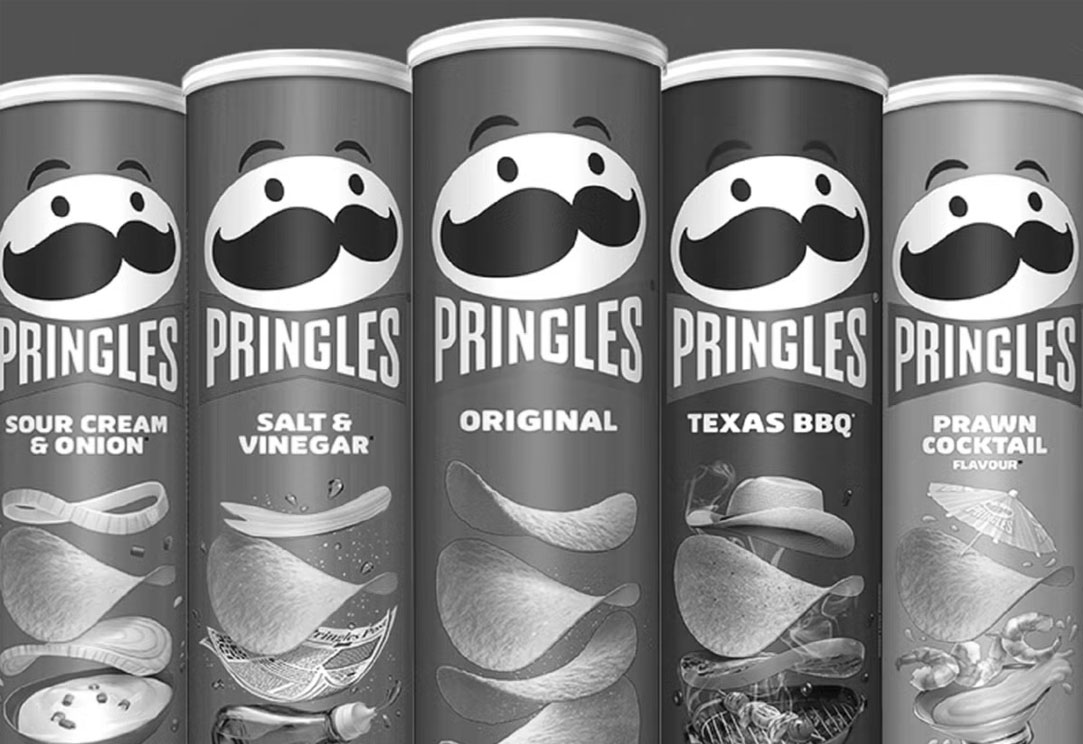Pringles were invented by Frederic Baur, who sought to perfect potato chip packaging in the 1950s. Specifically, Baur wanted to find a way to keep the chips as fresh and intact as possible. He developed a vacuum-sealed tube and stackable, saddle-shaped chips to fit inside. The unique shape offered excellent structural integrity and also improved crunch. Baur’s creation was released under the name Pringles in the late 1960s, but the taste left much to be desired. The brand’s future remained uncertain throughout much of the 1970s, but the Pringles company continued to improve the recipe with the help of researcher Alexander Liepa, eventually patenting their formula. In 1975, Pringles changed their packaging to say “crisps” instead of “potato chips” after an FDA ruling. Because potato chips are traditionally made from raw potato slices that have been fried and Pringles are made from dehydrated potatoes along with several other ingredients like corn flour and wheat starch, the FDA ruled that Pringles had to put a disclaimer on their packaging in order to continue using the term “potato chips,” but the company opted to simply stop using the term entirely. (Interestingly, in 2007, Britain’s Supreme Court ruled that Pringles could be classified as potato chips in a tax-related case.) More recently, Pringles have made the news again for adding milk-based ingredients to several of their products that were previously vegan-friendly. Today, Pringles remain a massively popular snack option and are sold in dozens of flavors in more than 140 countries.

Your go-to guide for weird history facts
Subscribe to the FREE daily email that makes learning about history fun.


